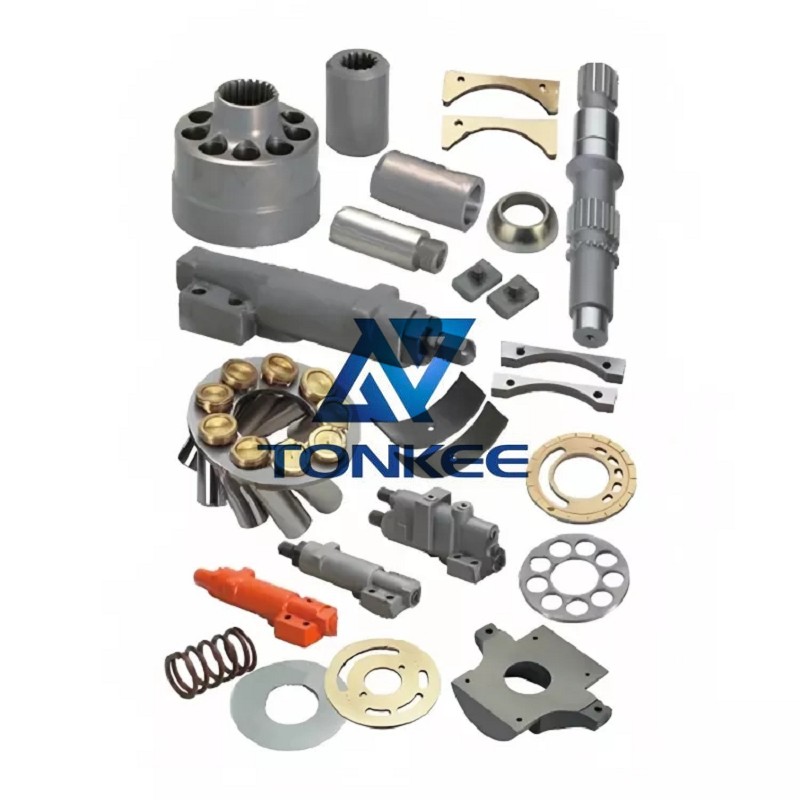
Displacement: The PVH74 pump has a displacement range of 16.4 to 74.2 cubic inches per revolution (270 to 1,214 cc/rev).
This range allows for versatile use across different hydraulic systems.
Pressure Rating: It is designed to operate at a maximum pressure of 2,500 PSI (172.4 bar), making it suitable for applications that require high pressure output.
Flow Rate: The pump can deliver a flow rate of up to 28 GPM (gallons per minute) or 106 liters per minute. This high flow rate ensures efficient and fast hydraulic system operation.
Mounting: The PVH74 pump is available in various mounting options, including flange and shaft configurations, which allows for flexibility in system design and installation.
Shaft: The pump features a keyed shaft that can be coupled to various types of hydraulic motors or other mechanical components.
Temperature Range: It can operate within a wide temperature range, typically from -40°C to 93°C (-40°F to 200°F), making it suitable for diverse environmental conditions.
Fluid Compatibility: The PVH74 pump is compatible with a variety of hydraulic fluids, including mineral-based oils and synthetic fluids, ensuring versatility in fluid selection.
Seals and O-Rings: These are critical components for preventing fluid leaks and maintaining hydraulic system efficiency. They include piston seals, shaft seals, and O-rings.
Bearings: Bearings help reduce friction and wear within the pump. Replacing worn-out bearings can extend the pump's lifespan.
Piston and Cylinder Block: These parts are responsible for generating hydraulic flow. Over time, they may need replacement due to wear and tear.
Valve Plate Assembly: The valve plate assembly controls the flow direction within the pump. It consists of plates, springs, and valve components that may require periodic replacement.
Drive Shaft: In cases of damage or wear, the drive shaft should be replaced to ensure proper coupling with hydraulic motors.
Housing and End Caps: These components make up the pump's outer casing. If they become damaged or corroded, replacement may be necessary to maintain structural integrity.
Bolts and Fasteners: Bolts and fasteners hold the pump components together. Replacing them when necessary ensures the pump remains securely assembled.
Hydraulic Fluid Filters: Regularly changing the hydraulic fluid and filters helps maintain the cleanliness of the system, preventing contaminants from damaging internal components.
Gaskets: Gaskets are used to create seals between different pump parts. Replacing worn or damaged gaskets helps prevent fluid leaks.



 English
English Türkçe
Türkçe


